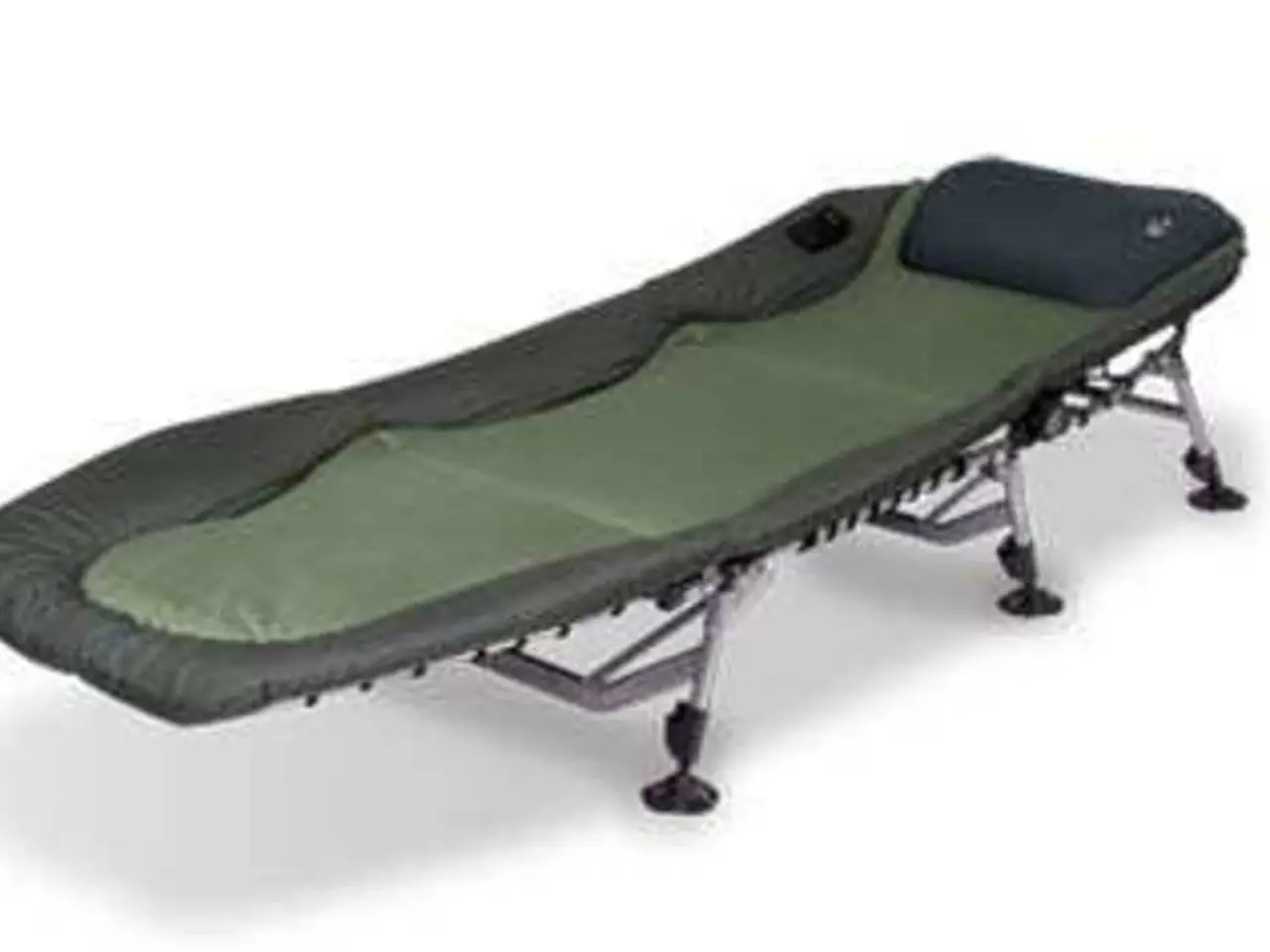Muscle Pain in the Sartorius: Understanding Structure, Remedy, and Workouts
The sartorius muscle, the longest muscle in a person's body, connects with the tibia or shinbone and plays a crucial role in flexing both the hip and knee joints. This muscle, often prone to strain due to its extensive usage, can cause discomfort and pain for some individuals. However, the outlook for people with sartoriorus muscle pain is generally positive, with most people recovering fully.
Exercises that focus on strengthening the sartorius muscle and its surrounding areas can help prevent pain and injury. Recommended exercises include squats, lunges, and step-ups, as these movements engage the sartorius by regulating hip flexion and lateral rotation. Additionally, foam rolling can help release tension in the muscle before performing strengthening exercises.
Yoga poses such as Chair Pose (Utkatasana), Bridge Pose, and Warrior II (Virabhadrasana II) strengthen the hip flexors and surrounding muscles, providing better support and flexibility to the sartorius muscle. Hip external rotation exercises like Clamshells, Fire Hydrants, Prone Hip External Rotation, and Hip Airplanes improve hip mobility and strengthen muscles working along with the sartorius.
To relieve tension and build strength effectively in the sartorius muscle, a combination of foam rolling for myofascial release, functional strengthening movements (squats, lunges, step-ups), hip flexor-focused yoga poses, and hip external rotation exercises is recommended. These should be performed 2-3 times per week with attention to proper form to avoid compensations and ensure balanced hip function.
For those experiencing sartorius muscle pain, it is essential to listen to their bodies. If the pain lasts more than a few days, is severe, or stops a person from moving around, they may need to see a medical professional. In some cases, surgery may be required for a serious sartorius muscle injury.
Simple stretches, such as the kneeling hip flexor stretch and the sitting rotation stretch, can also provide relief and help manage the discomfort. The kneeling hip flexor stretch involves kneeling on a mat, bringing one leg forward, maintaining an upright body position, tightening abdominals and buttocks, pushing hips forward, holding the stretch for a count of 10, and repeating on both sides. The sitting rotation stretch involves sitting on a mat, bending one leg, crossing it over the other, pulling in the abdominal muscles, twisting over the bent leg, and repeating on both sides.
The hip roll exercise and the clam exercise are additional stretches that can help alleviate tension in the sartorius muscle. The hip roll exercise involves lying on a mat with the belly towards the ceiling, bringing the arms wide, bending the knees, lowering both knees to one side, and repeating on each side. The clam exercise involves lying on one side, bending both knees, tightening the abdominal muscles, lifting the top knee, and repeating on each side.
By incorporating these exercises into a regular routine, individuals can help prevent sartorius muscle pain and maintain a healthy, active lifestyle.
- In incorporating various exercises like squats, lunges, and step-ups, focused on strengthening the sartorius muscle and its surrounding areas, one can potentially predict a lower likelihood of pain and injury.
- Alongside these exercises, Yoga poses such as Chair Pose, Bridge Pose, Warrior II, Clamshells, Fire Hydrants, Prone Hip External Rotation, Hip Airplanes, and the hip roll exercise, aid in strengthening the hip flexors and alleviating tension in the sartorius muscle.
- Nutrition and mental health, being vital components of health-and-wellness, should not be ignored while pursuing a fitness-and-exercise routine to prevent sartorius muscle pain and maintain chronic-kidney-disease, chronic-diseases, respiratory-conditions, and overall well-being.
- Simple stretches like the kneeling hip flexor stretch and the sitting rotation stretch can help manage discomfort caused by sartorius muscle pain and should be performed regularly.
- If sartorius muscle pain lasts more than a few days, becomes severe, or impedes movement, it is paramount to seek help from a medical professional, as surgery may be necessary for serious injuries.
- With science constantly evolving, new predictive models for understanding and managing various medical-conditions, including sartorius muscle pain and other chronic diseases or chronic-kidney-disease, are being developed.
- By adopting a balanced approach that includes both exercise and medical care, individuals can effectively improve their health outcomes and live a more active, healthy lifestyle.




